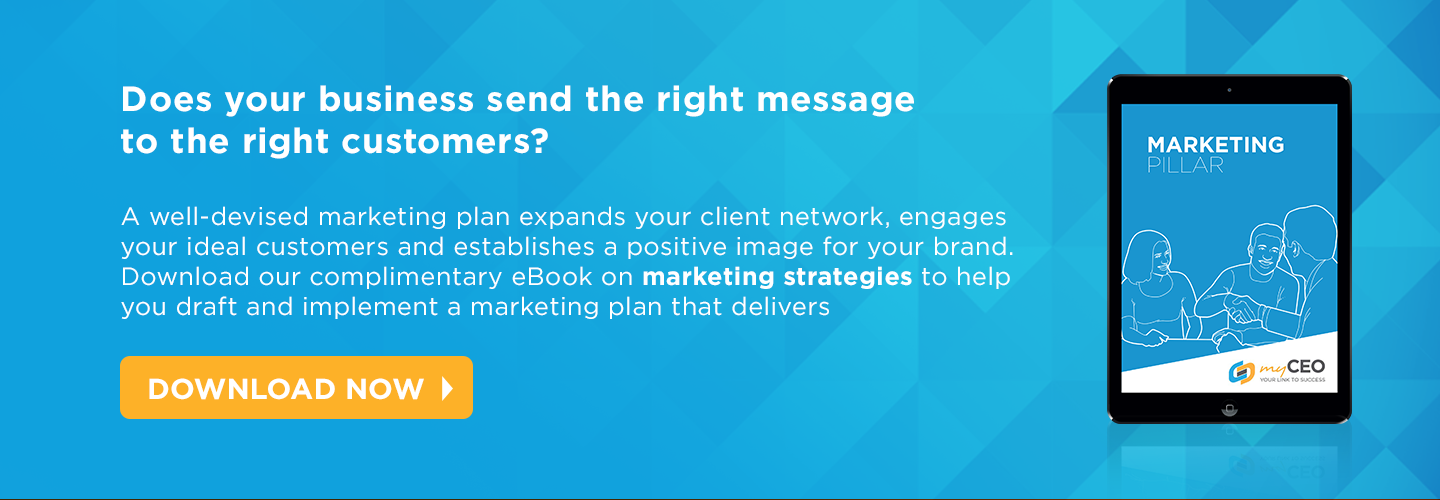 Understanding why your customers ‘want what they want’ has long been debated by businesses and brands, and with good reason. If you understand your audience’s buying behaviour, you can craft more targeted ads, better engagement events and maximise brand exposure; unfortunately, it’s far from an exact science.
Understanding why your customers ‘want what they want’ has long been debated by businesses and brands, and with good reason. If you understand your audience’s buying behaviour, you can craft more targeted ads, better engagement events and maximise brand exposure; unfortunately, it’s far from an exact science.
To determine what influences your customer’s buying behaviour can depend on many factors, but there are two models in particular that could be of use: the well-known five steps of the consumer process, and the lesser-known kinds of buying behaviours. Once you have a firm grasp of these two concepts, it makes for a potent tool.
The first thing to remember is that buying behaviour follows the five steps of the consumer purchasing process, namely:
- Problem/ Need Recognition
- Information Search
- Evaluation of Purchase Options
- Purchase Decision
- Post-Purchase Decision
Marketing can insert itself into any of these stages, but before businesses can make a move, it’s important to know that buying behaviour itself is varied and complex, depending on the product sold, the supply available and the habits of the buyer.
Buying behaviour can be split into four categories:
- Complex buying behaviour. Customers typically exhibit this kind of behaviour when the purchase in question is infrequent, high-value, and typically unknown to them (think of furniture, computers, or any other product that is bought with the intention of it not needing frequent replacement).
- Dissonance-reducing buying behaviour. Similar to the above, but with differences in terms of branding - these customers have a fair idea of exactly what they need, but are not particularly concerned about where it comes from.
- Habitual buying behaviour. Customers that purchase long-standing favorites or highly visible brands fall under this category.
- Variety-seeking buying behaviour. Often novel, riding on a trend and appealing to a more varied market, these customers seek something new from each product they try and each brand they engage.
So how can this information help your business? Simple: by encouraging you to go back to basics. In essence, it encourages brands to find and develop a core message that their audiences can engage with; to fashion an industry standard and operating system with that core message; and finally to find the perfect ways and channels to reach their intended audience.
To learn more about how you can optimise your marketing efforts for success, download our free Marketing Pillar eBook here.
Psychologically speaking, marketing owes a lot to the brand attributes that a customer holds when it comes to purchase decisions and less of product features and services. It puts a certain stress on marketing being as engaging as possible: if a brand speaks to the audience, their products will too. This “engagement power” is the driving force behind some of the biggest brands today, and will most likely continue to drive future engagements and brand interactions.
A study on buyer personas - or just having a feel of what your audience wants - is the best way to study and gather data about their buying behaviour. Once known, it becomes a relatively easy matter to integrate this knowledge into their buying process leaving better revenue, a more loyal audience base and wider avenues for your brand to explore.

